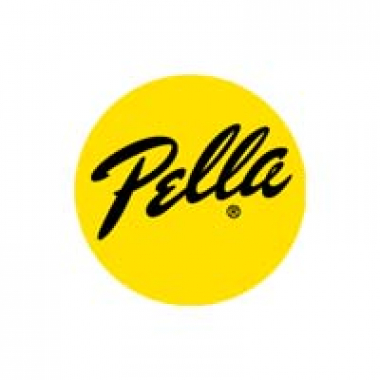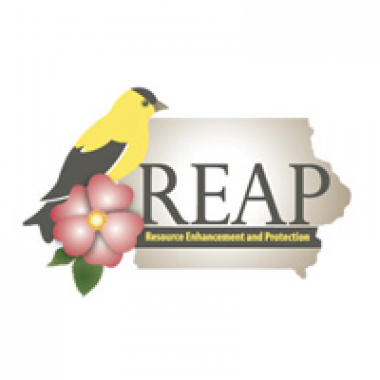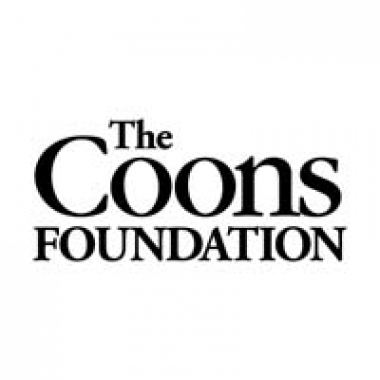Energy Teacher's Guide
Think about all of the energy that is used every day: the lights and appliances in your home, the fuel for cars and buses, and the energy you use up as you play with your friends. That all comes from somewhere. It could be from a non-renewable resource — or a renewable one. What might be the pros and cons of using each of these? Should we be careful about how much we use? Understanding the impact that energy use can have on humans, animals, and the environment can help us all become educated energy experts.
Iowa Core Standards
Science
- 4-ESS-3-1: Obtain and combine information to describe that energy and fuels are derived from natural resources and that their uses affect the environment.
Discussion Questions
- What might be some things that you use that require energy?
- How might the energy that your body uses be similar and different from the energy that a vehicle uses?
- How might the energy that your body uses be similar and different from the energy your house uses?
- How might the energy that your house uses be similar and different from the energy a vehicle uses?
- Where do you think the energy comes from? What might be some sources of energy?
- What might be some pros and cons of using energy from different sources?
- Do you think we can run out of energy?
- What might be the difference between energy and fuel?
- Do you think we can run out of fuel?
Suggested Activities
- KidWind Activities: KidWind helps teachers and students to explore renewable energy sources in a fun and creative way. Check out their free activities and resources for mini labs to learn how renewable energy is harnessed and utilized. KidWind also offers an annual challenge in the areas of wind and solar energy.
- How to Power the Skate Park: The Cyberchase activity from PBS LearningMedia incorporates both science knowledge about solar energy and math concepts of area and ratio to help the Cybersquad to power the skate park and to have the students design their own solar dream house.
- Non-Renewable Energy Sources: This activity from National Geographic has students take on roles as consumers of energy, utility companies or fuel companies to experience how resources are limited and can run out.
Additional Resources
- Energy Kids: The Energy Information Administration provides information on energy basics and activities that are appropriate for an elementary school-aged child. Check out their information, activities and games.
- Maximizing Renewable Resources: This activity from PBS LearningMedia gets students viewing graphs showing how much solar energy is produced throughout the year in a variety of places. Use the support materials included with this resource to guide the exploration.
- Iowa Energy Office: The Iowa Energy Office manages state, federal and utility-funded programs and initiatives that are energy-related. This is a great resource to learn about local initiatives that exist in Iowa to improve energy use and efficiency.
Career Applications
- Career Spotlight: Kite Designer: Meet Damon Vander Lind, a kite designer for Google X. Damon has a background in engineering and is working on a project to build a kite that works like a wind turbine in a much more sustainable way.
- Scientist Profile: Renewable Energy Scientist: Sandra Begay-Campbell is a renewable energy scientist who works to provide energy resources to Navajo communities that have limited access to energy resources. She works on larger-scale projects as well as with individual households and families to provide unique solutions to energy challenges.
Funding for FIND Iowa Provided By



